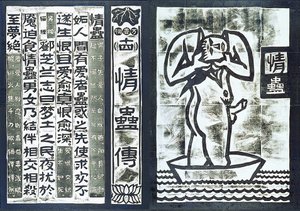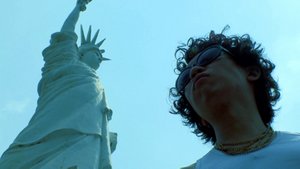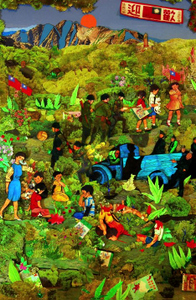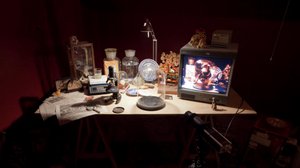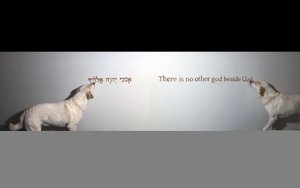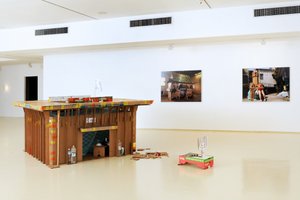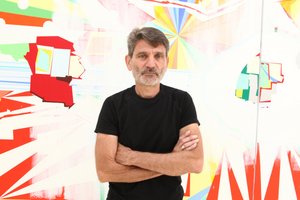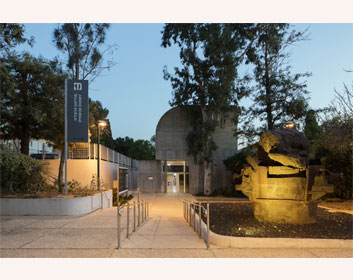-
Huang Chih-Yang
Huang Chih-Yang, Maternity Room Series, 1992, Ink on paper, 204.8 x 59 cm (each) Collection of Taipei Fine Arts Museum
read more >> -
-
Tsui Kuang-Yu
Tsui Kuang-Yu, Invisible City: Taipari York, 2008, 4 channels video installation, 5:03′
read more >> -
Tu Pei-Shih
Tu Pei-Shih, The Adventures in Mount Yu V (From Michel Foucault to Our Glorious Future), 2011, video Courtesy of the Project Fulfill Art Space
read more >> -
-
Peng Hung-Chi
Peng Hung-Chi, Canine Monk: 10 Commandments and Islamic Exegesis, 2007, 2 channel video, 05:34′
read more >> -
Thoughts on Displacement and Uprooting
Some thoughts about the uprooting phenomenon and its possible origins, following the exhibition “Boundaries on the Move: A Cross-Cultural Dialogue” currently featured at the Herzliya Museum of Contemporary Art Artists from Israel and Taiwan feature works about uprooting at the Herzliya Museum of Contemporary Art. A headline topic these days, it assumes a different aspect each time. Migrant workers arrive in the country with a permit, stay for years, and give
read more >> -
Boundaries on the Move
An exhibition in collaboration with the Taipei Fine Arts Museum The most obvious contextual concept of the boundary is linked to that of the nation-state. Often associated with the territory or borders of countries, boundaries also change over time. Throughout human history, nations have repeatedly gone to war over border disputes; consequently, people have migrated across borders for cultural, political, socioeconomic and other reasons, first as refugees and eventually
read more >> -
Michael Adler’s Ideological Collection
Already in the late 1960s, at the start of his academic career as a professor at Columbia Business School, New York, Michael Adler began collecting Israeli art. Motivated primarily by his desire to take with him to America Israeli art that expressed the spirit of the country and its unique physical and especially mental landscapes, he acquainted himself with Israeli post-minimalist and conceptual artists. In their works, he found an echo both to the logical reasoning and philosophical themes that
read more >>

